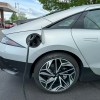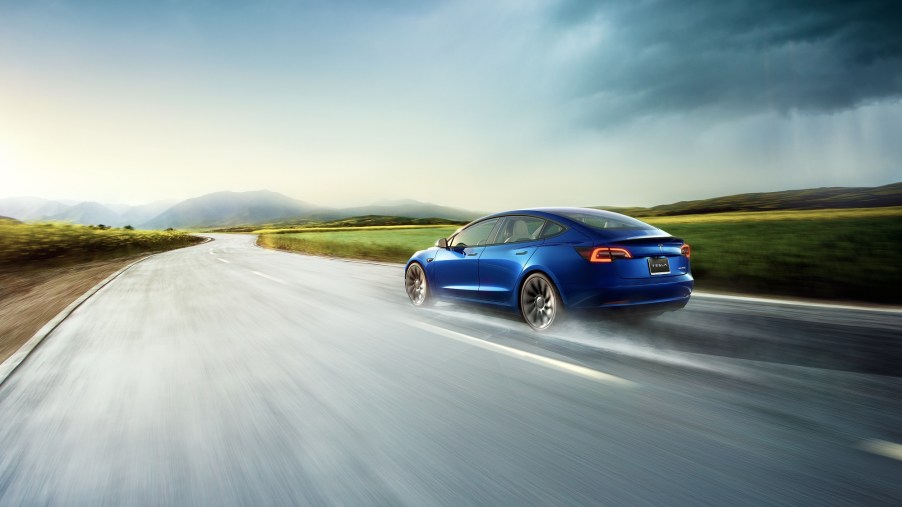
Sad Truth: EV Values Are Far Worse Than Gas-Powered Cars
Electric vehicles are a hot commodity right now. With the price of gasoline reaching unprecedented heights, car buyers are looking for ways to unwind from gas dependency to cheaper electricity. But is the money saved offsetting what the EV will sell for used? According to numbers, EVs drop in value more than gas-powered cars, and much quicker as well. Why is the depreciation so bad?
What’s the depreciation between a gas-powered car and an EV?
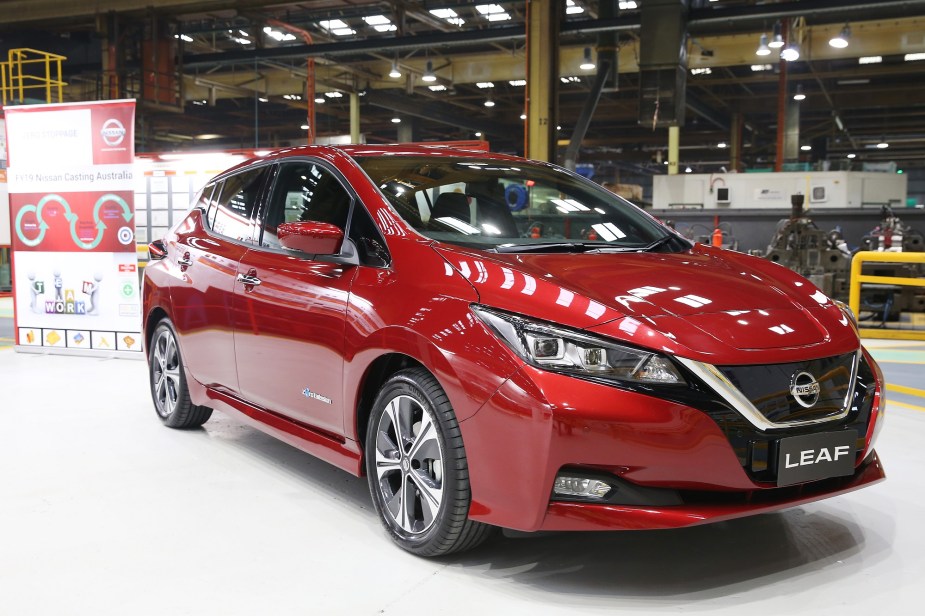
Based on the numbers, EVs lose almost $6,000 a year on average. After five years, an electric vehicle has lost $28,500. Conversely, gas-powered vehicles lose roughly $3,200 a year, according to Car and Driver. After five years, it has lost $16,000. The difference in the loss between the two is over $12,000. If you’re looking at saving money, that amount should be factored into your depreciation numbers.
Or, putting it another way, you can buy a heck of a lot of gas for $12,000+ in five years. Granted, you’re not reducing carbon emissions like you would with an EV. Still, from a cost savings perspective, you’re merely offsetting costs, not really saving any.
Taking a state where they drive a lot and farther, California estimates on average consumers spend $4,000 for gas per car each year. So your savings from not consuming gas won’t begin to take effect for at least three years. If you keep your EV longer than that, you’ll begin to see savings then.
Why do EVs see greater depreciation?
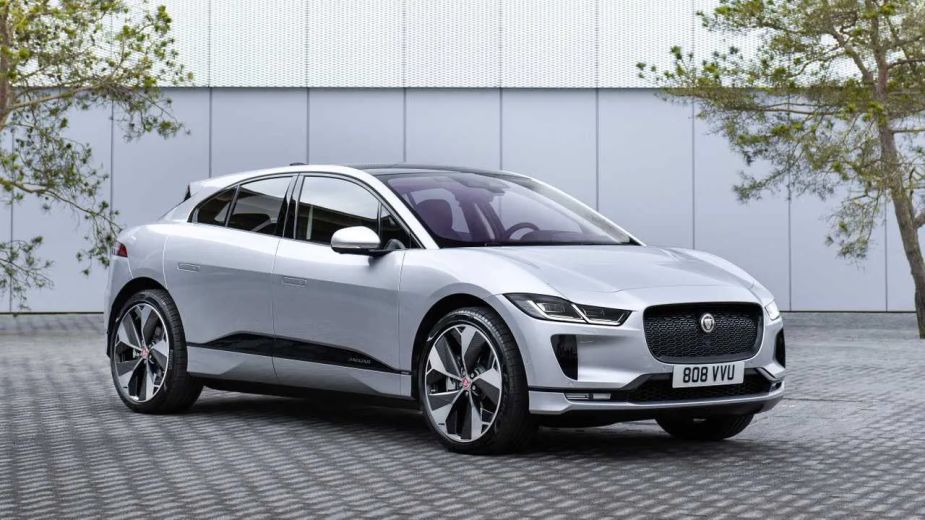
One of the main reasons that EVs drop in value has to do with the savings buyers receive from the feds. Since 2010, EV buyers receive $7,500 for the purchase of an EV. So when it gets resold, that incentive is gone.
Another reason for the plunge is because of demand. For now, EVs still are not popular, though that is quickly changing. But for the immediate future, demand is not helping EVs sold on the secondary market. That could very well flip in the next five to 10 years.
The third reason for the quicker depreciation is battery life. As EV batteries get older, their ranges go down. It is the natural result of use breaking down a battery’s capacity. Some EVs need those batteries changed out after eight to 10 years. So the closer that time comes, the less value is there.
Early EVs have less range and features
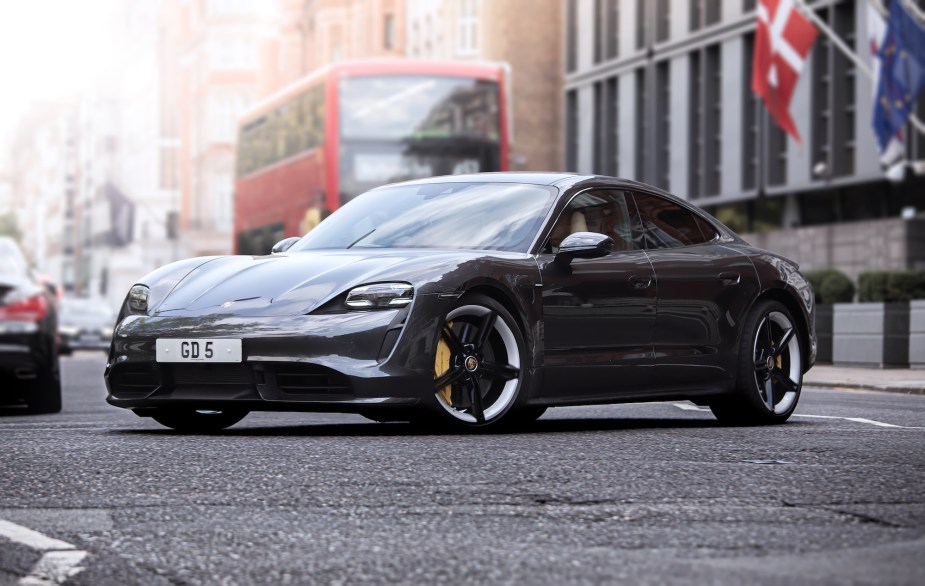
One other reason is the proliferation of new EVs and technology. As EV range and functions improve, it reduces the value of earlier models. While some early EVs were just gas-powered vehicles with an EV system adapted to them, the new crop is uniquely styled. That’s a factor too.
The Tesla Model 3 is an exception to most of these observations. Especially those with the highest range and features retain their values well. Range and components in them exceed what has been available in other car makers’ EVs until recently. So a used Tesla Model 3 with a somewhat degraded battery still beats many new EVs on range alone.
But all of these factors also point to how to beat EV depreciation, by buying used. If you can pick up a one- or two-year-old EV, the original buyer has eaten a lot of the depreciation. This is true with many cars, not just EVs. Those coming off of a two-year lease that has been maintained well and has under 25,000 miles on them are terrific ways to beat the sad high depreciation truth.
